- Joined
- May 30, 2011
- Messages
- 135
- Reaction score
- 4
I dont have a good enough camera to show you, but trust me, the walls of the bores i've made on the other parts are smooth as silk, using regular HSS bits.

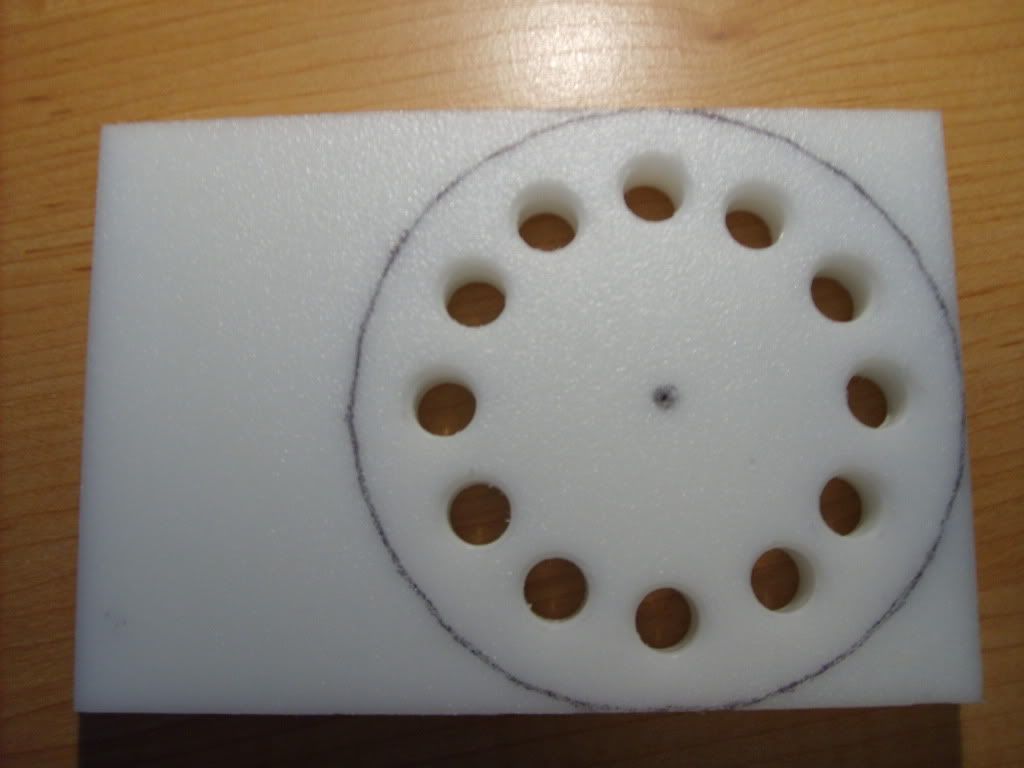
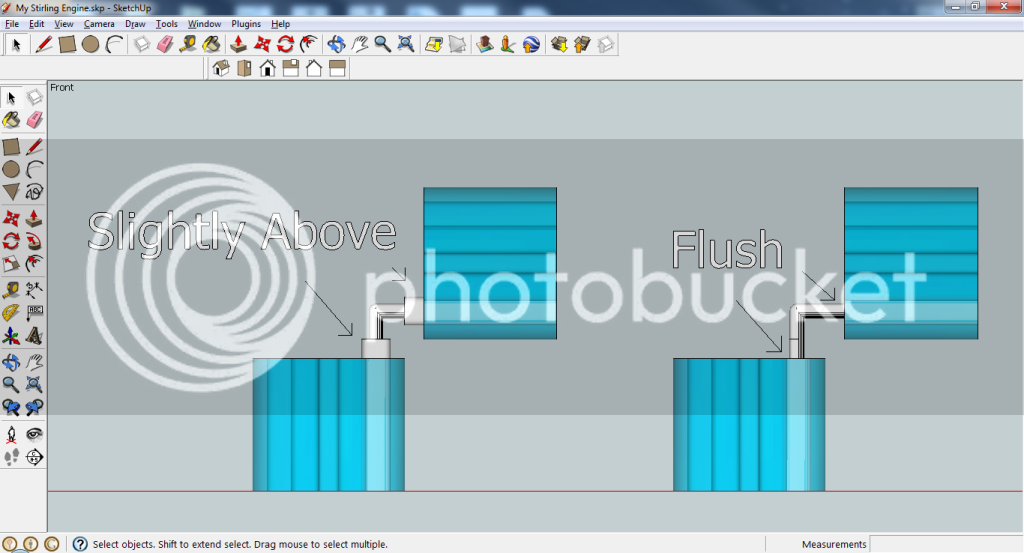
AssassinXCV said:I dont have a good enough camera to show you, but trust me, the walls of the bores i've made on the other parts are smooth as silk, using regular HSS bits.
steamer said:Indexing the holes for the pistons will be tough. You may want to match drill them together, so any error is duplicated in the other part and hopefully cancelled out......but I haven't built this engine....say guys, who has ?
Dave
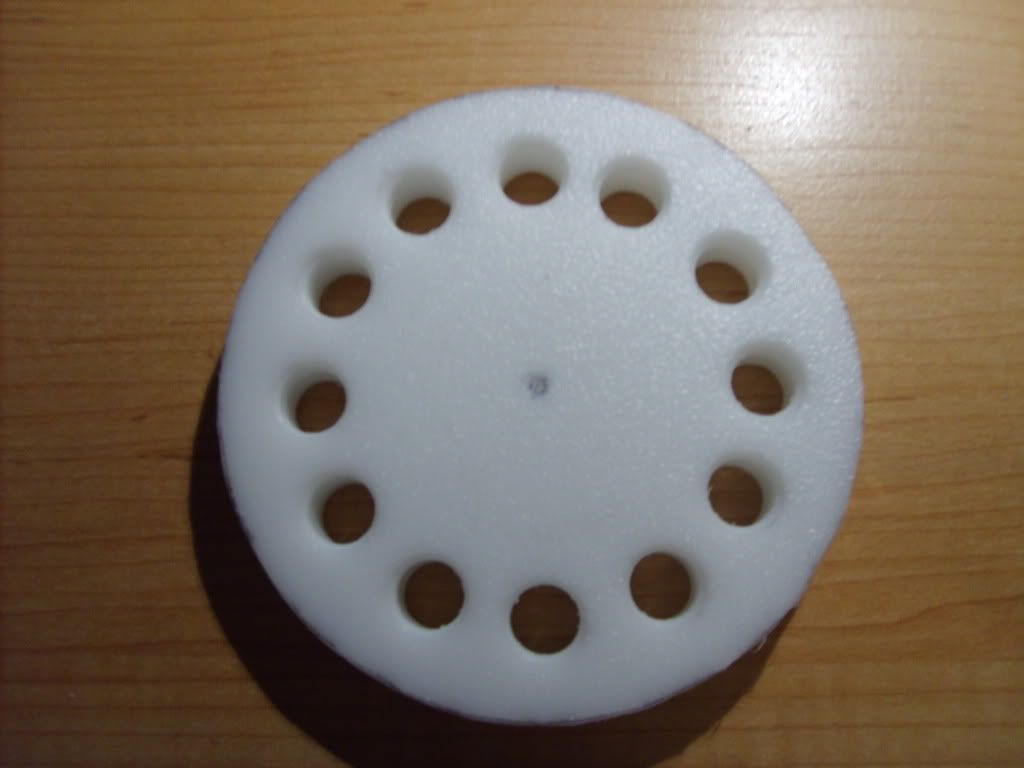
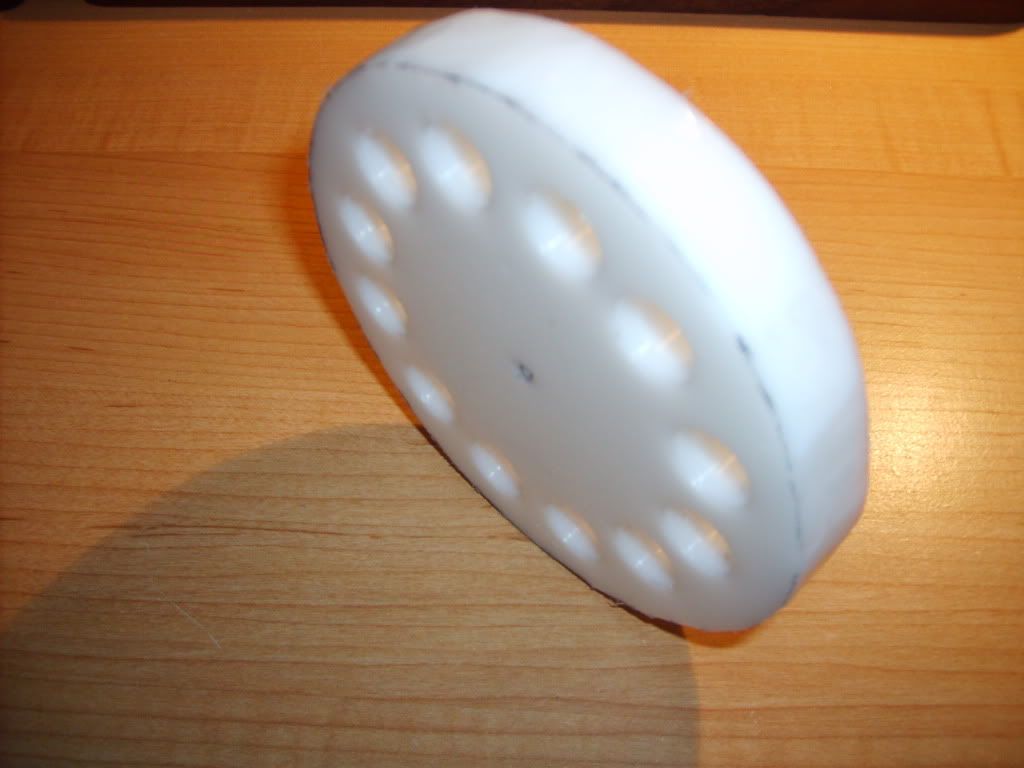
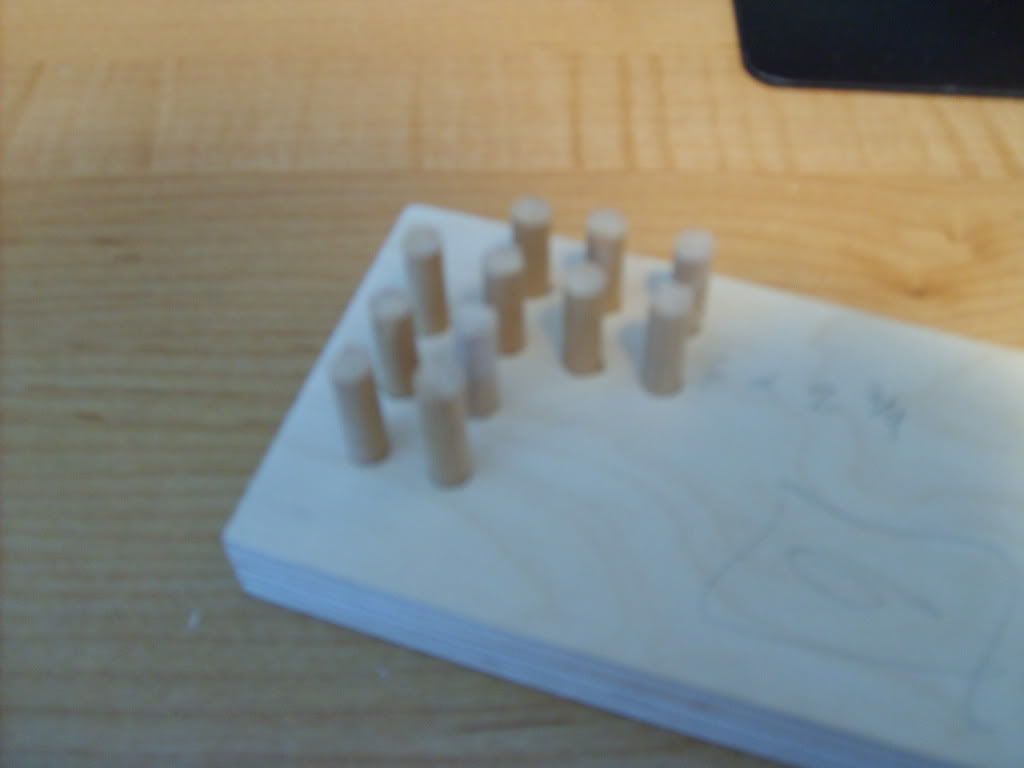
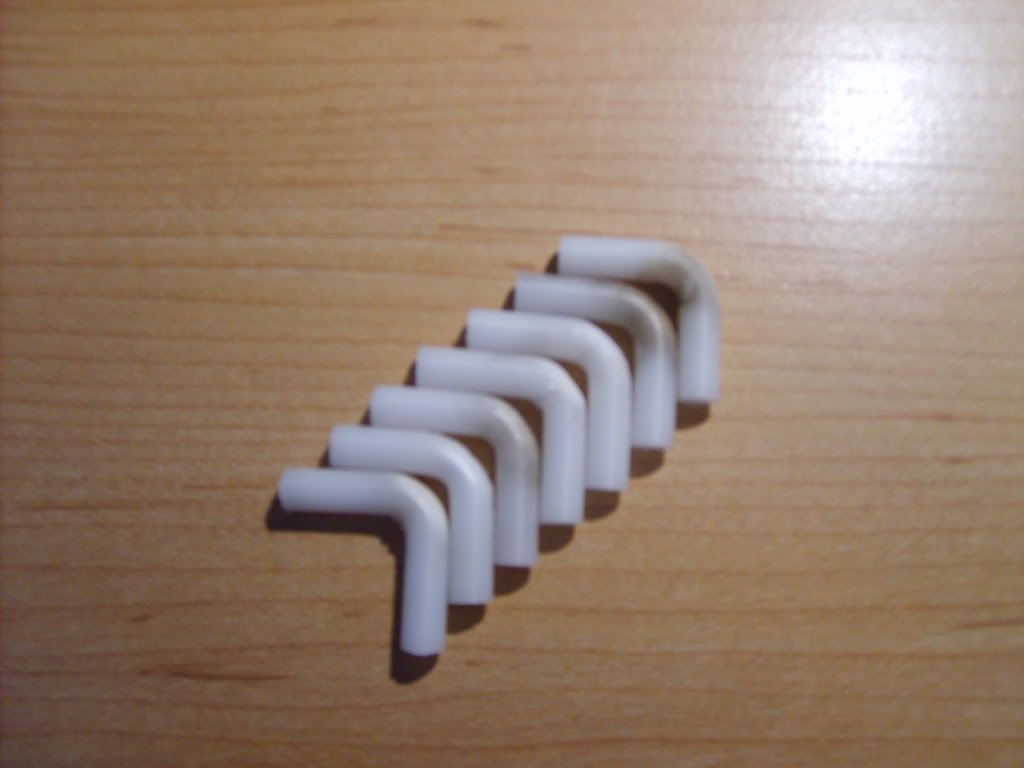
AssassinXCV said:Captain Jerry:
I do have one of those hole cutter kits, where you take out all the blades except the size you need. I also have a 2" on its own cutter, but it isn't accurate enough compared to the clean edge that a forstner bit will cut.
Ian

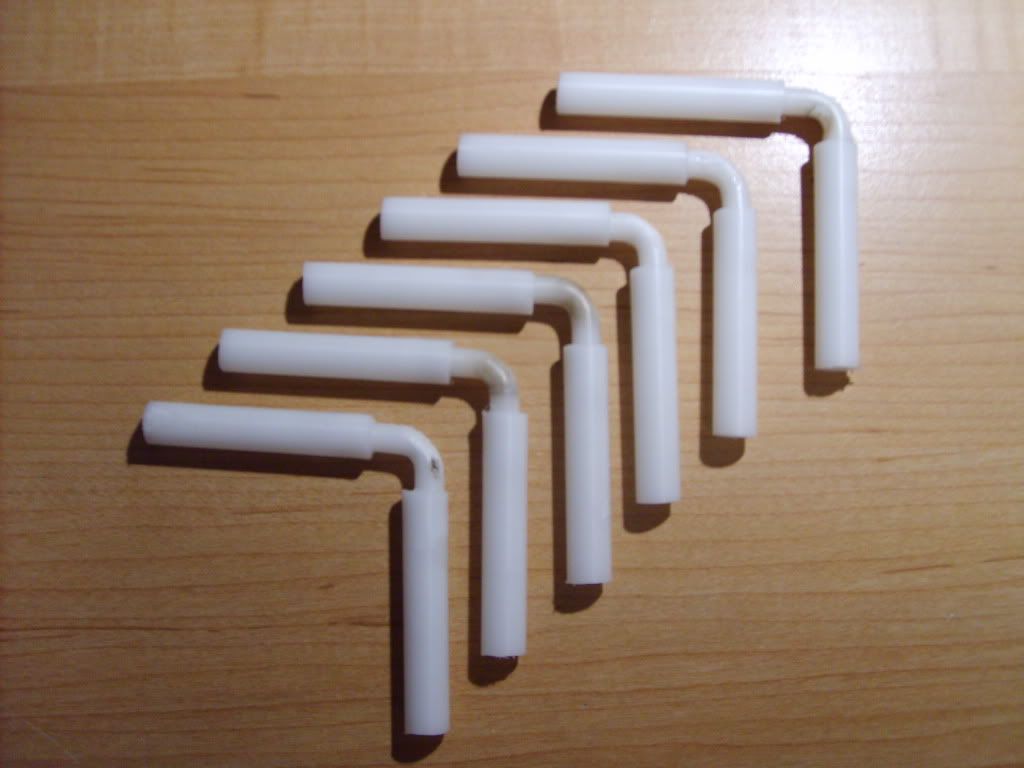
Enter your email address to join: